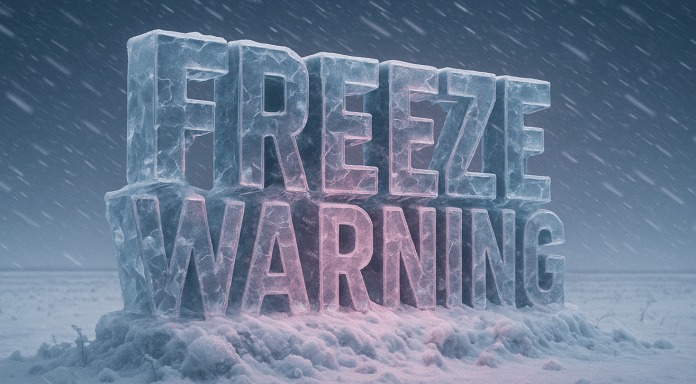ANCHORAGE, Alaska – NOAA’s Winter 2025–2026 outlook, released Thursday, Oct. 16, paints a dramatic split between America’s northernmost and southernmost states. Alaska is expected to endure colder-than-normal temperatures and increased snowfall, while Hawaii braces for a wetter, warmer winter under the same La Niña pattern driving mainland extremes.
According to NOAA’s Climate Prediction Center, La Niña will push the polar jet south into Alaska, drawing in Arctic air and setting the stage for prolonged cold snaps. “We’re seeing a strong signal for below-normal temperatures and above-normal precipitation across much of Alaska,” forecasters said. Heavy snow and ice could challenge travel and aviation across interior and western parts of the state, including Fairbanks and Anchorage, while coastal areas may face blizzard conditions and rough seas through February.
Meanwhile, across the Pacific, NOAA expects Hawaii to experience above-average rainfall and slightly warmer temperatures through early 2026. Persistent trade winds may enhance showers along east-facing slopes of the Big Island, Maui, and O‘ahu, while leeward zones stay drier but humid. “This setup supports a wetter winter overall, especially during late December and January,” meteorologists said. Travelers visiting during Christmas can expect warm, breezy days near 80°F, but should stay alert for flash flood advisories during heavy downpours.
By March, Alaska’s deep freeze should slowly ease, though snowpack may linger into April. Hawaii will likely transition into an early spring wet season. NOAA urges Alaskans to prepare emergency kits for extended cold and Hawai‘i residents to monitor local flood watches as the Pacific storm corridor strengthens midwinter.





